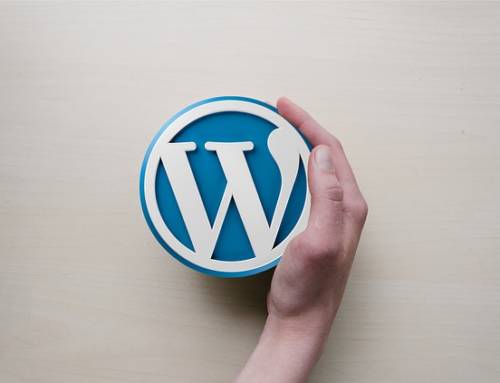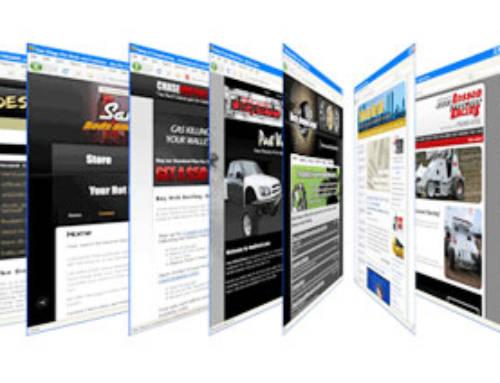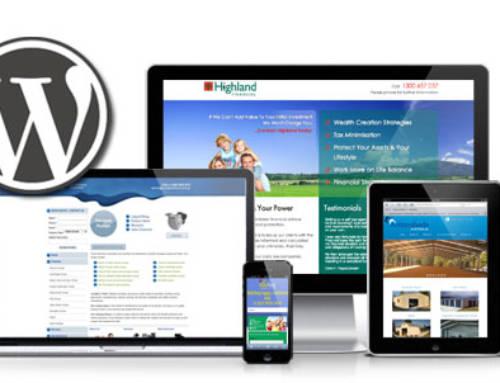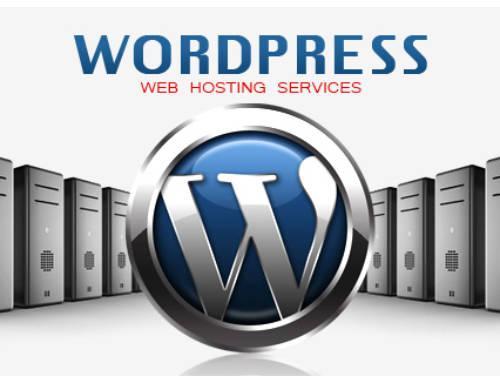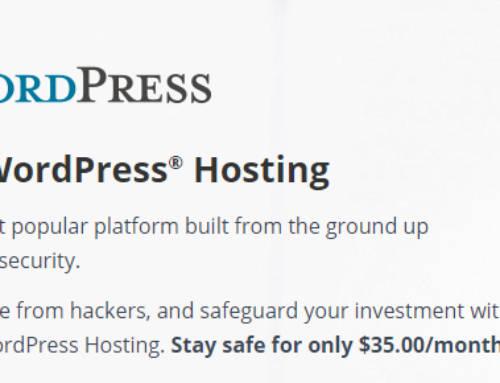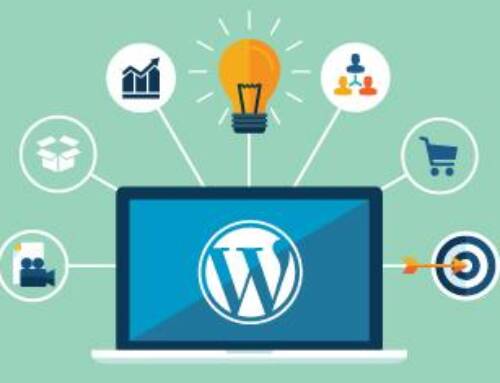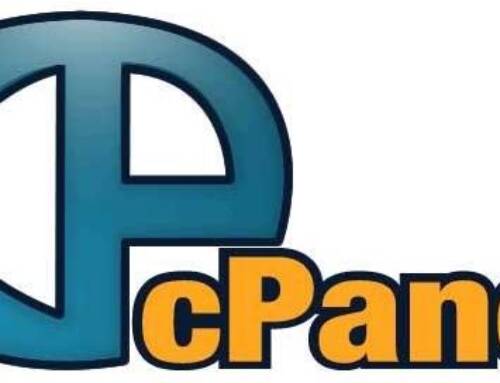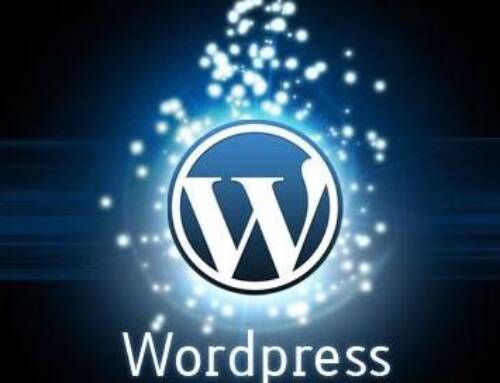Installing your WordPress site is just the beginning of the process. We have all of these steps down to just a matter of minutes, so that now it only takes me 4-6 hours to completely set up a WordPress site to the point where it is customized and ready for content. At first this may take a while, but after you get the hang of it (if you do more of these) then it won’t seem so overwhelming.
Strip to the Basics
Now that all the basic installation for WordPress is complete, we will strip the Themes and Plugins down to just the very basics to avoid any confusion later on for our clients. You will want to login to your new WordPress site. Simply go to your domain followed by /wp-login or /wp-admin.
For our example we are going to use the Network Solutions Hosting setup for screenshots. If you used a different host, or installed manually your site should look very similar to what we will show during this walk-through. Enter the username and password you set up during your installation. It would have been when you set your WordPress up if you used a host or when you ran through the WordPress installation if you set it up manually.
Cleaning Up Warnings, Notifications, and Updates
When you first log in your Dashboard may seem a bit overwhelming with updates, notifications, and warnings. If you set up your WordPress directly from the WordPress.com site then you probably won’t see a lot of the notifications. If you do see them, don’t get overwhelmed – this is why I’m walking you through the streamlining. Once you get through these, managing your WordPress site will be easy.
Let’s tackle each item one at a time:
- Updating WordPress – Updating WordPress is very easy. You can click the “Please Update Now” in the notification at the top of your Dashboard there, or click the “Updates” in the left navigation to get started. You will then be brought to the “Updates” page where you can update WordPress, Plugins, and Themes all in one place.
Click the “Update Now” button to start updating your WordPress. In the future, you will want to back up your WordPress files before doing any update, but since this is a brand new site we wouldn’t worry about breaking it. It’s after you have customized things like your Theme and Plugins that it would be pretty painful if you lost it all for any reason.
You will then see a screen that details out the process WordPress is going through to update. This is how you know things are going smoothly. If at any point you get an error, or this process pauses for too long, then you will need extra help. The key is to get through this part:
…and then redirected to the Dashboard with a success page, then you know you are good to go.
- Updating Plugins – WordPress comes with some very standard plugins. When using Network Solutions to install the set of plugins you will see may differ from those you will see when manually installing, or using the WordPress.com set up (which doesn’t have plugins at all).
Click on the “plugins” in your left navigation.
You will be brought to the Plugins management page with a list of your installed Plugins. From here you can see individually which Plugins need updating. You can click and update each one, or just click the “Update Available” link at the top and update them all from there.
Click the check box next to “Plugin”, in the drop down box select the “Update” and then click “Apply”
Your Plugins will all update together and you will see a success page:
- WordPress JetPack – with the installation of WordPress through Network Solutions you will be prompted, and highly encouraged, to use JetPack. We have used it once, and determined there just isn’t a need for it – so we recommend just uninstalling the Plugin so that you don’t get bothered by it. If you find you have a need for it, then click the JetPack link in your left Navigation then click the “connect to WordPress.
- Auto Generated Password – Last but not least is the “auto generated password” notification you see at the top of your WordPress Admin pages. This shows up because of your password you set during your installation process. That password is perfectly fine to use, of course if you do wish to change it you can, but there is no need to. Just click the “No thanks, do not remind me again” link and this will go away.
Deleting Unnecessary Plugins and Themes
Your initial WordPress install will have a few Themes and Plugins that your host feels you may need to get started. We have found some to be useful, but others our clients have never used. We like to have a clean site to work with, so no unnecessary files or code that won’t ever be used therefore we delete Themes and Plugins our clients won’t be using. It is also easier for clients when we install WordPress for them since most of the time they don’t understand what all of this is for, and it’s easier for them to not be overwhelmed with Themes and Plugins that they won’t ever use.
Deleting Themes
From your left Navigation hover your mouse over “Appearance” and click “Themes”.
Since we are using the Web Hosting with Network Solutions WordPress install you will see that there are quite a few WordPress Themes installed. If using WordPress.com for your install and hosting, they don’t install Themes, but will show you what is available in the interface. Since we will only ever be using one Theme once we decide on one, and recommend clients do the same, then it’s good to spend the time to delete the Themes in there that you won’t be using. If one strikes your fancy and you think you might want to use it, then don’t delete it. But there are so many good Themes out there that you can get for free, you can purchase, or you can even have one custom developed, that you shouldn’t feel you are stuck with the ones you see after an install.
On your Themes Dashboard you will see your selected Theme first. Network Solutions gives you the Twenty Twelve Theme (as do most hosting companies), which tends to be a pretty popular one. If you want to leave this, then that is fine.
If you think you like another listed, just click the “Activate” and the Theme will be activated. The Themes that are left that you know you don’t want – click the “Delete” link under each screenshot of the Theme and WordPress will delete the Theme and all it’s files.
It shouldn’t take too long for you to delete all of the Themes. When you’re done you will see the Theme you have selected, and any Themes you have decided you might want.
Delete Plugins
Since we are using the Network Solutions hosting as an example, the Plugins you see in your initial install are these core basic 7. If you see different Plugins because of a different route you took for install, then you will want to go through the core list we have below and see what is there and what isn’t. You can also play around with your Plugins at this point since it is a new site and you can risk breaking things without jeopardizing the site. If you do delete something you aren’t sure about (or even if you are sure) write it down somewhere, or back up your files onto your computer via FTP just in case you need to get the plugin back.
Click on your “Plugin” link in the left Navigation – you will see a list of Plugins that are default with installation:
Click the checkbox next to each of the following Plugins:
- Akismet
- Hello Dolly
- Jetpack by WordPress.com (unless you decided to keep it)
- podPress (unless you intend to create podcasts)
- WP Super Cache
After you have checked those Plugins you do not want, select “Delete” in the drop down, and “Apply”
You will be prompted to confirm that you want to delete the Plugins you selected. This is a good time to make sure you have the right ones. If they are, in fact, the ones you want then click “Yes, Delete these files and data”.
When your Plugins are deleted, you will see a notification at the top of your Plugins management page.
Now that your WordPress site is cleaned up you can start working on customizing it with Plugins for functionality and a Theme that fits your personality or business look and feel.


